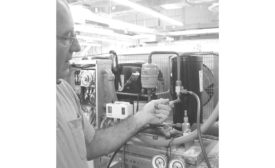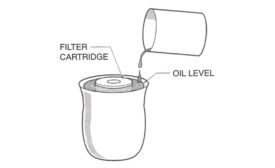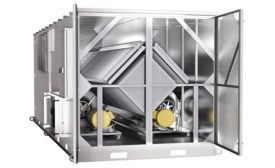HVAC Contracting
Companies have significant responsibilities to create and maintain employee records
Read More
UK Boasts Highest Refrigerant Recovery Rate
Rate of recovery estimated to be 65-92 percent depending on end-use
February 22, 2016
Ameresco Partners with Denver for City’s First-Ever Performance Contract
City is guaranteed over $2.4 million in energy savings over 15 years
February 22, 2016
2016 AHR Expo Takeaway: Four Areas Ripe for Innovation
As the HVAC industry gradually innovates, four areas have the most potential for boosting building efficiency
Read More
Top 10 Equipment Acquisition Trends for 2016
Many equipment sectors poised for growth amid moderate business investment environment
February 8, 2016
A-Gas Says ‘Time Is Running Out’ and Urges Industry to Replace R-404A
For European industry, the time to switch is now
February 8, 2016
Salvation Army Selects American DG Energy’s CHP Solution
Project is expected to save the Salvation Army upwards of $850,000
February 8, 2016
Don’t Breathe Easy: The Adverse Effects of Poor IAQ
How contaminated indoor air is harming our health, businesses, schools and homes — and what can be done
Read More
Copyright ©2025. All Rights Reserved BNP Media.
Design, CMS, Hosting & Web Development :: ePublishing










